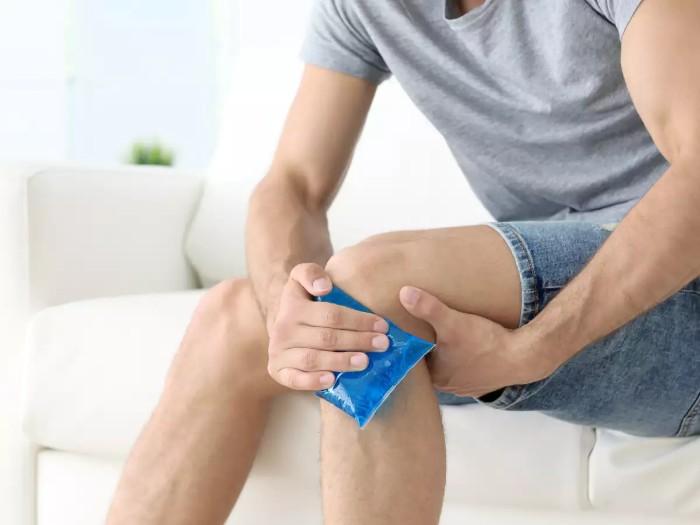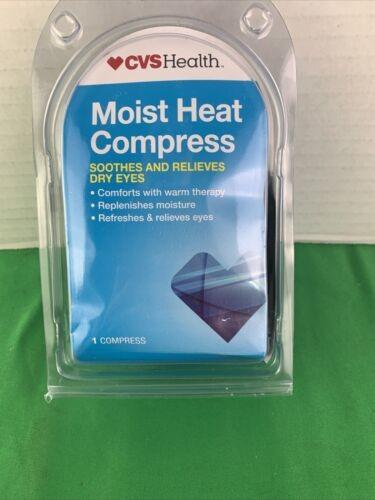Do you suffer from muscle pain, joint aches, and post-workout soreness? Have you ever thought of how to make a dry or moist warm compress to relieve these issues?
Longstanding practices of using warm compresses as an effective form of natural healing have existed for centuries. A warm compress is conducted by loosely wrapping up any material (cloth towel) and adding moderately hot water or a heat source.
The temperature should not exceed 50°C (122°F) since overly hot temperatures can result in potential burns on the skin. Heat penetrates the targeted tissue area, encouraging quick blood flow, helping reduce stiffness and swelling, and promoting relaxation.
This blog post will guide you step-by-step through creating your own homemade reliable “doctor” – a safe DIY therapeutic helper!
Gather materials
To make a dry or moist warm compress, you will need to gather the following materials:
- A clean cloth, such as a washcloth or bandana.
- A bowl of warm water. The water should be comfortably hot but not too hot.
- Salt (optional). Adding salt to the water may help reduce swelling.
Make a warm compress.

Once you have gathered the necessary materials, here's how to make your own dry or moist warm compress:
For a dry compress:
Dampen the cloth in the bowl of warm water and wring out any excess liquid. Then, place the damp cloth on your skin for 10-15 minutes.
For a moist compress:
Place the cloth in the warm water and add a pinch of salt. Soak the cloth for 5-10 minutes before placing it on your skin for 10-15 minutes.
Once you have finished using the compress, launder or discard it immediately, as bacteria can quickly spread on damp fabric.
For a moist compress
For a moist compress, soak the cloth in warm water for 5-10 minutes before pressing it onto your skin. Allow the compress to stay on for 10-15 minutes, and repeat the process as often as necessary.
When using a warm compress, be sure to check with your healthcare provider first and always apply gentle pressure to the affected area.
The compress should not be used for more than 15 minutes, and the cloth should be discarded or laundered after each use to prevent bacteria from spreading.
A warm compress may reduce pain and inflammation with proper care and guidance. If the compress begins to cool, re-soak it in warm water and wring out any excess moisture before pressing it onto your skin.
It is important to follow your healthcare provider’s advice when using a warm compress and never leave it on for more than 15 minutes. A warm compress may reduce pain and inflammation with proper care and guidance.
For a dry compress
Fold the cloth into four for dry compresses and press it on the affected area for 10-15 minutes. For moist compresses, soak the cloth in warm water and add a pinch of salt before pressing it onto your skin.
Allow the compress to stay on for 10-15 minutes, and repeat the process as often as necessary to relieve symptoms.
Always check with your healthcare provider before using any home remedies or treatments for medical conditions, and discard the compress to prevent bacteria from spreading after each use.
A warm compress may reduce pain and inflammation with proper care and guidance.
Rinse the cloth in hot water and wring out any excess moisture

When using a compress, apply gentle pressure and never leave it on your skin for more than 15 minutes. Repeat the process as often as necessary to relieve the symptoms.
Additionally, check with your healthcare provider before using any home remedies or treatments for medical conditions. A warm compress may reduce pain and inflammation with proper care and guidance.
Rinse the cloth in hot water and wring any excess moisture between uses. Always apply gentle pressure to the affected area when using a warm compress. Use the same compress for up to 15 minutes, as bacteria can quickly spread on damp fabric.
Discard or launder the compress after each use to prevent bacteria from spreading. Before using any home remedies or treatments for medical conditions, consult your healthcare provider.
A warm compress may effectively reduce pain and inflammation with proper care and guidance.
Leave the compress on for 15-20 minutes at a time, four times daily
Leave the compress on for maximum effectiveness for 15-20 minutes, four times daily. Always rinse the cloth in hot water and wring out any excess moisture before placing it on your skin to not spread bacteria.
Follow your healthcare provider’s advice when using a warm compress; never leave it on for more than 15 minutes. Discard or launder the compress after each use to prevent bacteria from spreading.
A warm compress may reduce pain and inflammation in the affected area with proper care and guidance. If the compress cools, re-soak it in warm water before pressing it onto your skin.
Remember to never apply too much pressure when using a warm compress, and check with your healthcare provider before using any home remedies or treatments for medical conditions.
A warm compress may reduce pain and inflammation with proper care and guidance.
Remove carefully and rinse off any excess salt residue
After use, carefully remove the compress and rinse any excess salt residue. Always discard or launder the compress after each use to prevent bacteria from spreading. A warm compress may reduce pain and inflammation in the affected area with proper care and guidance.
If you have any questions about making a dry or moist warm compress, consult your healthcare provider for more information.
FAQs
What is a dry or moist warm compress?
A warm compress is a cloth or pad that has been heated and then applied to the skin. It can be used for various skin conditions, including inflammatory symptoms such as itching, inflammation, infection, and pain.
Depending on the treated condition, a dry or moist warm compress can be used.
What are the benefits of using a dry or moist warm compress?
A warm compress can reduce inflammation, relieve pain or itching, and promote healing. It can also help draw out toxins and fluids located beneath the skin. The warmth of a dry or moist warm compress helps increase circulation to the area, promoting healing.
Is moist warm compress better than dry?
The type of compress used depends on the condition being treated. Moist warm compresses can benefit certain conditions, such as skin infections, whereas dry compresses are better suited for inflammatory conditions like itching or redness.
Always check with your healthcare provider before using a home remedy for any medical condition.
Conclusion
After reading this blog post, you can make your homemade warm compress – a safe and reliable DIY therapeutic helper. The warmth from the compress increases the oxygen flow in the body, thus reducing stiffness and swelling and promoting relaxation and homeostasis.
This process will help alleviate muscle pain, joint aches, post-workout soreness, arthritis pain, and specifically targeted areas that need aesthetic relief.

Be sure you're getting the right heart rate monitor for your needs. Learn best practices and what to look out for with our definitive guide on buying a quality fitness device.
Apr 13, 2023

How to Improve Vo2 Max
Apr 26, 2023

What Is the A-Positive Blood Type Diet
Apr 30, 2023

Substitutes for Baking Powder
Apr 26, 2023

Remedies To Get Rid of Headaches
Apr 18, 2023

Are Cheerios Healthy
Apr 18, 2023

What Is a Zero-Carb Diet
Apr 25, 2023

Low-Glycemic Fruits for Diabetes
Apr 24, 2023



